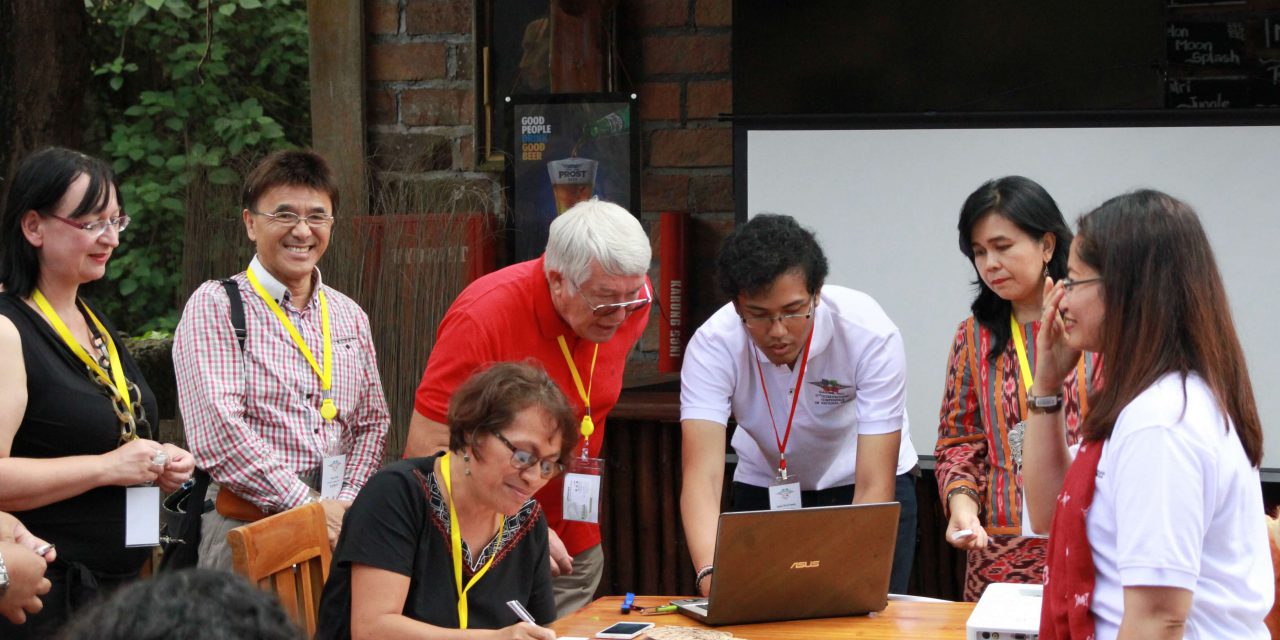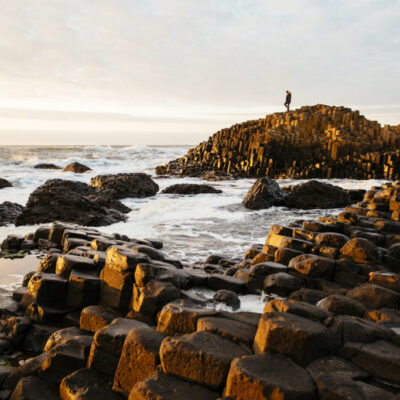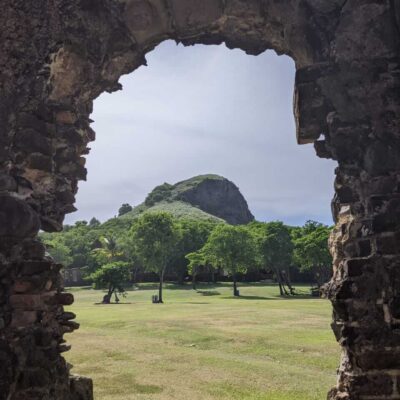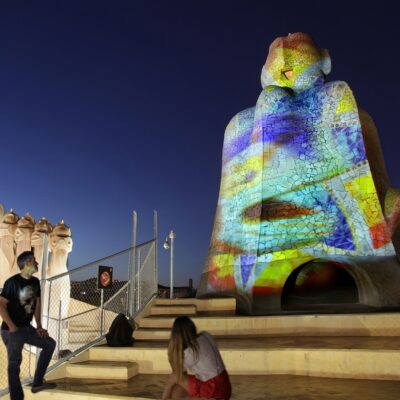New report on connecting local communities with global heritage
On 20 April 2021, we are releasing an important new study on sustaining local communities through strengthened connections with heritage sites. INTO, the umbrella body for the global family of National Trusts and similar organisations chaired by Dame Fiona Reynolds DBE, commissioned this project with the support of American Express, a worldwide leader in support for heritage conservation and preservation.
Putting the Local into Global Heritage shows how some of the world’s most famous heritage sites have re-thought their relationships with the communities around them, and how their conservation and engagement ambitions have been enriched by that process. Before Covid-19, this process was often triggered by escalating numbers of visitors: now, with almost no tourists, the local community is even more important. Not only are local people our neighbours, at a time of few or no visitors they need even more to become our partners, our collaborators and our friends.
Dame Fiona commented on the release of the report that “the job of National Trusts all round the world is well captured by INTO’s mission statement: to ‘promote the conservation and enhancement of the heritage of all nations for the benefit of the people of the world and future generations’. For more than a century, this has focused National Trusts on the challenging tasks of conservation and sharing special places with all those who want to visit and enjoy them.”
But it’s increasingly clear, she added, “that we need to do more, if we want to do our job truly sustainably. The people who live in, around and near extraordinary heritage sites have for too long and too often felt like a forgotten audience, though they often have to bear the down-side of huge numbers of tourists and visitors.”
The report was launched as part of an in-depth series of sessions at INTO Online 2021. And we will develop that conversation further as we work towards our INTO Antwerp Conference in May 2022.
The people who live in, around and near extraordinary heritage sites have for too long and too often felt like a forgotten audience, though they often have to bear the down-side of huge numbers of tourists and visitors.
Read the report
Balancing conservation, tourism, development, and community interests at the sites of the world’s National Trusts.

INTO Online 2021
Our online conference takes place from 20-22 April 2021 and has the theme of building resilience. Now more than ever we need to come together as a global family. To share ideas and approaches, concerns and challenges. And to stand in solidarity with other members of the movement.
Find out moreINTO Secretary-General Catherine Leonard notes that “above all, this new report is a call that reinforces our conviction that what we do matters, so much; and that our work will only be enhanced by enriching our understanding, collaboration and partnership with the people who live on our doorsteps.”
The report, which was authored by David J. Brown of Bearden Brown LLC in the United States, makes clear that National Trusts have always been about both people and place. Yet over time, the way we think about them evolves and matures. The pandemic has exposed us to the shock of growing inequalities in our societies, but it has also exposed how much we need the things that money can’t buy: the values of community, comradeship and collaboration and the experiences — whether built or natural, tangible or intangible — that heritage provides for us all. Brown, a former Executive Vice President and the founding Chief Preservation Officer at the National Trust for Historic Preservation in the U.S., has been a long-time advocate for the work of our global National Trust movement and is a former INTO trustee.
The work to connect community with heritage conservation is highlighted with case studies from five INTO member organisations. The five sites that helped us uncover key lessons in this work were:
- The Giant’s Causeway in Northern Ireland — A dramatic landscape known the world over. Owned by the National Trust, it provided the opportunity for examination of the deep, authentic, and lasting community engagement that has become a hallmark of the Trust work there in recent years.
- Mehrangarh Fort in Jodhpur, Rajasthan in northern India — Standing dramatically on a perpendicular cliff above the city’s skyline, it is one of the country’s most important monuments. In our study we explore the Mehrangarh Museum Trust’s vision for increasing the Fort’s engagement with the local population.
- Pigeon Island National Landmark in Saint Lucia — Leased and operated since 1983 by the Saint Lucia National Trust, the National Landmark is a nature reserve and site of colonial military ruins. It provided a view into the Trust’s work to engage a variety of stakeholders, opening the organisation to unexpected outcomes when considering mission-based priorities.
- La Pedrera in Barcelona, Spain — A 1912 residential building designed by the renowned architect Antoni Gaudí, it has been owned since 2013 by La Fundació Catalunya La Pedrera. This study gave us the opportunity to consider the greater operational mandate of La Fundació for a range of social programs through the reinvestment of tourism-related revenues.
- Petra in southwest Jordan — The city, with monumental façades sculpted and built out of solid rock, is managed by the Petra Development and Tourism Regional Authority with support from the Petra National Trust. Our study allowed us to see how the Trust leverages its national position and platform to highlight the dangers of over-reliance on the tourism economy.
Through INTO, organisations from across the globe come together to share ideas, resources and experiences. We work to grow the capacity of existing trusts and establish new ones in countries where they do not currently exist. And we act as a global voice on international heritage.
The five case studies

The Giant’s Causeway provided us with the opportunity to examine the deep, authentic, and lasting community engagement that has become a hallmark of the work of the National Trust here in recent years.

In our study we explore how the Trust is increasing engagement with the local population by creatively addressing their needs and concerns. And how they are making the entire Fort experience more relevant to local visitors and residents.

Pigeon Island National Landmark is in the stewardship of the Saint Lucia National Trust, which provides constancy during changes in governments and development initiatives while working to bring a variety of stakeholders to the table.

We consider the greater operational mandate of La Fundació Catalunya La Pedrera, which besides managing this magnificent Gaudi building, supports a range of community-focused social programmes through the reinvestment of tourism-related revenue.

At Petra we analyse how over-reliance on the tourism economy, without an understanding of the value of sustainable tourism and its effect on the sustainability of the local communities, threatens the protection of the site.
